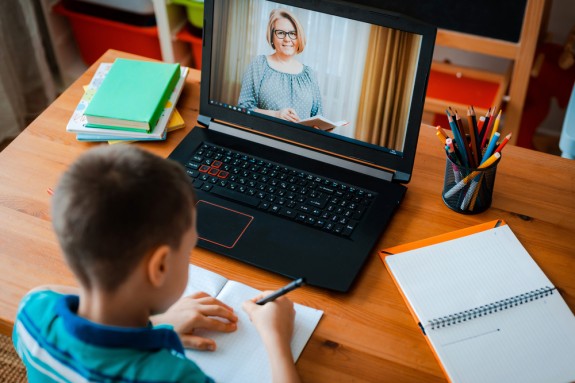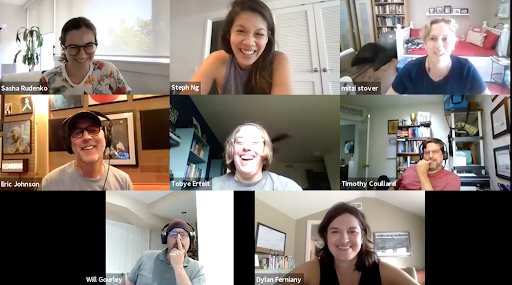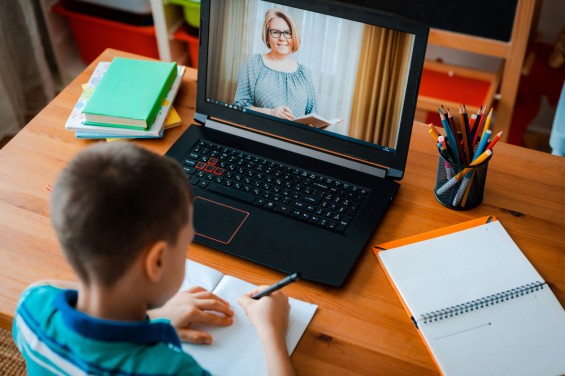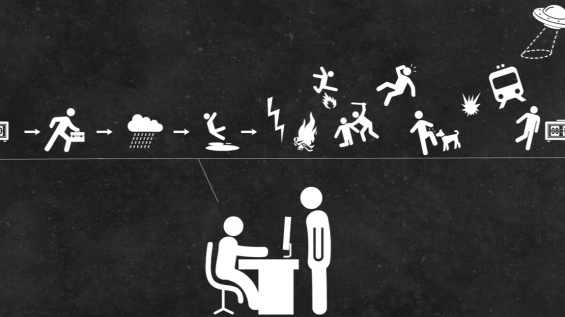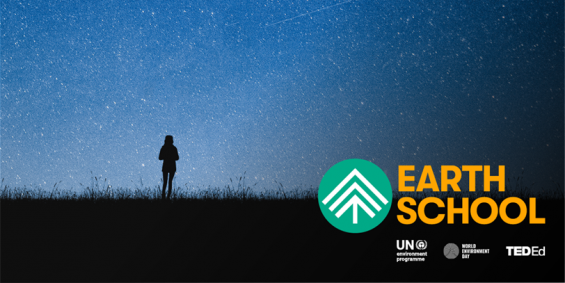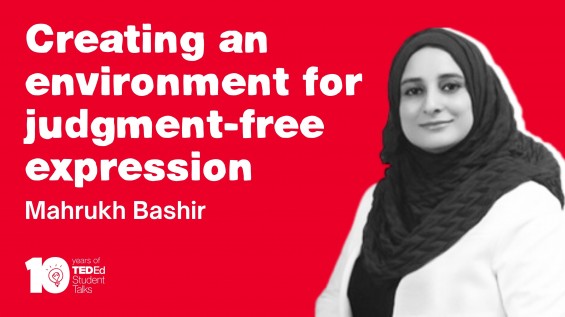
Redesigning instruction and addressing inequities: 6 TED-Ed Innovative Educators share their learnings
Earlier this year, alumni of the TED-Ed Innovative Educator (TIE) program embarked on their respective Innovation Project journeys – uniting their myriad gifts and experiences to tackle global issues in education. TIEs started the process by developing four Opportunity Statements based on problems they wanted to address in education right now. Those are:
1. Redesign instruction: Reimagine how instruction can comprehensively meet the needs of all students.
2. Redesign how we address inequities: Reimagine how to empower teachers and communities to address race, equity, inclusion, and justice issues.
3. Assess innovations from the COVID-19 pandemic: Assess how to carry forward the innovations created during the pandemic into full-time in-school instruction (and continue to build a culture of school/district innovation).
4. Reinvest in educators’ well-being: Reinvest in how best to support our teachers and admin, professionally, and personally.
Each TIE picked an Opportunity Statement, went through design-thinking exercises to determine their project focus, and went out to test their potential solutions in their communities. Over six months, they met on a call every two weeks, provided updates on their projects, and gave feedback on each other’s progress. Their final learnings were then shared among the group with presentations. Below we highlight some key takeaways from projects that were completed around two Opportunity Statements: redesigning instruction and redesigning how we address inequities.
Explore innovation projects about assessing innovations from the COVID-19 pandemic and reinvesting in educators’ well-being in part 2 of this series.
Redesigning instruction
Georgios Villias, Biology Teacher (Athens, Greece)
“Nourishing student curiosity, offering outdoor opportunities for observation, making inquiry and project-based learning a routine, offering more autonomy that is the recipe for a successful rise in student awareness and empowerment.”
For Georgios, identifying approaches that actively engage students and further their development of knowledge and skill is paramount to education. Being a biology teacher, Georgios surveyed a few of the National Geographic Certified Educators to spotlight successful practices within the National Geographic Learning framework that encourage student engagement and motivation. To effectively implement these practices, he suggests educators must be willing to exit their comfort zones and make necessary adjustments in curriculum, training, and/or policy.
Mahrukh Bashir, Director/Teacher (Tangerang Selatan, Indonesia)
“Education is all about providing rich learning experiences customized to a child’s learning needs, talents, and dispositions. We want an environment that is rich, encouraging, and engaging.”
Mahrukh designed a heutagogical framework where students receive personalized, structured learning based on their interests, capabilities, and talents. With continuous feedback from parents, teachers, and students themselves, Mahrukh was able to successfully implement this framework into her school. As a result, students were able to hone in on their respective passions while also developing their own autonomy in their educational spaces.
Redesigning how we address inequities
Aletha Williams, Lead Teacher (Houston, Texas)
“I chose to participate in the Innovation Project because it gave me the opportunity to speak about the racial inequalities that are happening in schools and because of the things that I was seeing in my own district.”
Aletha’s project aimed to create a framework that allows teachers, students, and parents to address school board members at town halls regarding inequalities occurring in the district. After a successful test run of her town hall meetings concept, the district is now changing the student code of conduct to be more inclusive. Additionally, they are looking into hiring more teachers of color and including a Department of Diversity, Equity, and Inclusion to serve the district.
Tim Leistikow, High School Teacher (Minnesota, USA)
“Empowering starts with radical truth-telling. I was humbled by the vulnerability that my colleagues showed while sharing with one another about what it means to be white educators and how whiteness shows up in ways that can negatively impact the learning environment.”
Tim centered his project on discussions about racial and social justice issues in the classroom and leaning into the discomfort that can arise during them. He was inspired by TIEs of color who worked on uplifting marginalized voices and navigating inequity in their communities. He realized that understanding his role as a white, male educator would allow him to show up more authentically for his students. During the past spring, he met with other white educators to unpack their racial identities and explore ways to better learning environments for all students.
Tobye Ertelt, Digital Teacher Librarian (Colorado, USA)
“I want to be able to help students find ways to use their voices without fear. There are too many people within the system right now that are unwilling to change. We have to shift the power source to those who want to see the change and enact the change.”
Tobeye’s innovation consists of creating both an equity center that would serve as a safe-space for students to seek support of all kinds. With these platforms in place, students will learn how to become advocates, find resources to support themselves in various arenas, seek mental support, embrace diversity, and become allies. During the project Tobye was able to start a pilot for the “Virtual Equity Center,” with plans to move it into a physical space down the road.
Wiputra Cendana, Educational Technology Coordinator/Academic Lecturer (Tangerang, Banten, Indonesia)
“This project is to [provide] a new learning model as I synthesize from a particular current teaching experience. I am finding that in lecture we have really high standards and want the students to go up to that standard, but we need to meet the students where they are. We are trying to find a win-win solution and bring them up together.”
Wiputra and his colleagues conducted a research study that tested a framework for approaching inequities in a college classroom, specifically in the context of varying learning speeds. The study demonstrated that modifying the curriculum and providing additional teaching materials enabled slower learners to pass their Computer and Learning Media course. To implement these findings in broader contexts, it is imperative that instructors maintain high flexibility and a design process for each step of learning (before, during, and after lessons).
Check out Part 2, which highlights projects focused on assessing innovation during the pandemic and reinvesting in teacher well-being. Our TIEs are continuing their alumni engagement and are developing Talks sharing their ideas on how to better education. Keep an eye out for updates on TIE Talks in the coming months! And check out our Educator Talks channel, which is dedicated to celebrating and elevating the ideas of educators working in classrooms and schools throughout the world.
